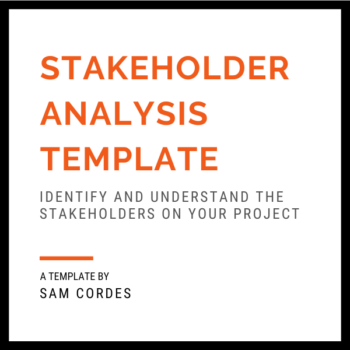
Each comprehensive template is fully annotated and cover several aspects of business analysis. They come with clear instructions on how to use it effectively, saving time and resources in your workflow. With these tools at your fingertips, you can be sure that your business analysis work is accurate, efficient, and up-to-date.
Showing all 5 results

Identify the stakeholders for a project, including their level of influence, which issues are important to them, and how they will be engaged. This template can be used to identify and describe the stakeholders for a project and is appropriate to use when: identifying the stakeholders for a program or project; grouping stakeholders by their level of influence, what is important to them, and/or what they could contribute; and describing how you will engage stakeholders.
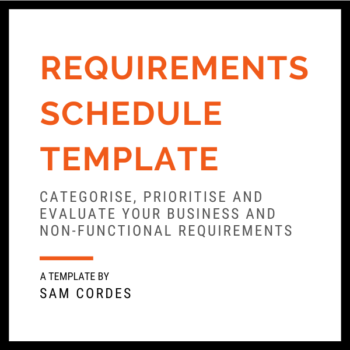
Categorise, prioritise and evaluate your business and non-functional requirements with this easy spreadsheet. This simple template is suitable for producing a comprehensive schedule of requirements that can be used for tracking requirements, and evaluating potential solutions. It provides tabs for business requirements, non-functional requirements and categories for classifying non-functional requirements.
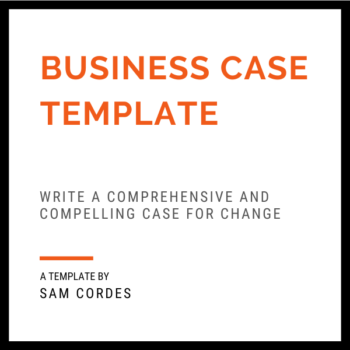
Write a comprehensive and compelling case for change with the Business Case Template. This fully annotated template is a structured document with headings and sub-headings. Each heading contains examples to follow, and tables and lists for you to complete. Suitable for analysing technology options and implementation approaches in depth, this template gives you a structured approach to; analysing options and making a recommendation; describing the costs, benefits and risks of that recommendation; and writing an outstanding executive summary, or ‘case for change’.
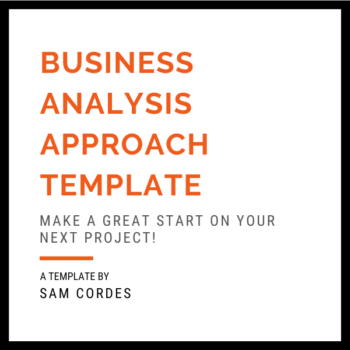
Make a great start on your next project with the Business Analysis Approach Template. This template helps you set the expectations on how you perform your work, the resources you need and the types of activities you will engage in, e.g. workshops and interviews. So everybody is on the same page! Planning also increases the transparency of your work as the small processes of your analysis are better understood. This helps when expectations have to change. A well written plan will help you communicate exactly what’s required of you and your stakeholders to produce the necessary deliverables for your business analysis effort, and why.
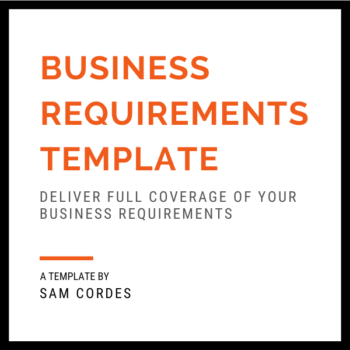
Deliver full coverage of your requirements with the Business Requirements Document Template. When you’ve completed your BRD you will have provided comprehensive coverage of the business requirements. It will describe to your business stakeholders an overview of the proposed solution, and why it is needed in non-technical language. And it will give enough information for vendors or developers to translate into detailed and actionable technical requirements.